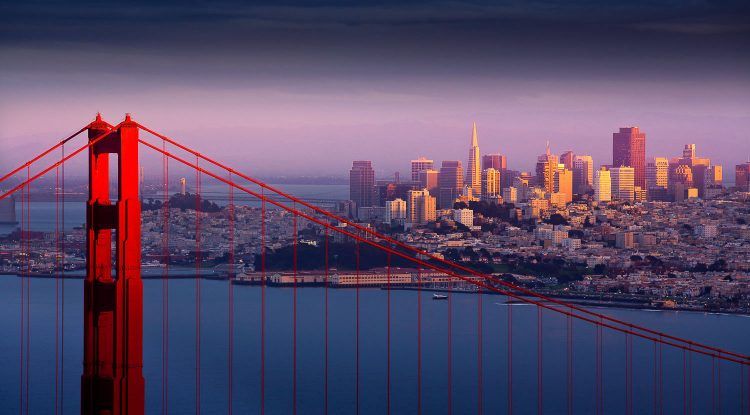
Situated on the northern end of a peninsula as well as a number of the islands that can be found out there on the Pacific Ocean, San Francisco is not just one of the most famous cities in the United States but also the rest of the world. In part, this is because of its memorable landscape, which combines rolling hills with eclectic buildings as well as some of the most recognizable landmarks that can be found on the planet. However, it should also be noted that the city boasts a dynamic culture because of its heady mix of influences, which have made it not just a cultural powerhouse but also an economic powerhouse as well. Together, these two factors provide San Francisco with a fascinating history filled with all sorts of weird and wonderful facts, which make it an excellent choice for a visit as well as an interesting subject to study in the vacationer’s spare time. Here are 20 things that you may or may not have known about San Francisco
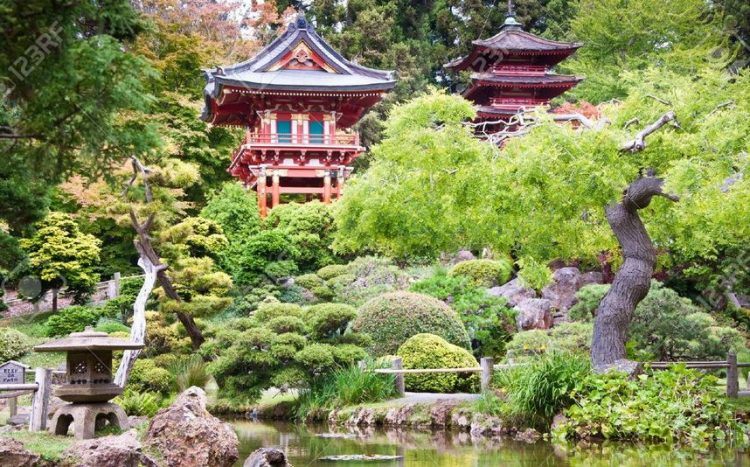
Even though it has become an iconic component of Chinese-American cuisine, the fortune cookie was not invented by a Chinese-American but a Japanese-American named Makoto Hagiwara, who was also responsible for not just the creation but also the maintenance of the Japanese Tea Garden at Golden Gate Park. It is possible that the fortune cookie was based on the tsujiura senbei, which is a sort of sesame-and-miso cookie that was used as part of the Japanese temple tradition of providing random fortunes to their visitors. Some people have also suggested Chinese moon cakes as a potential source of inspiration since they are known to have been used at one point in the past to conceal secret messages.
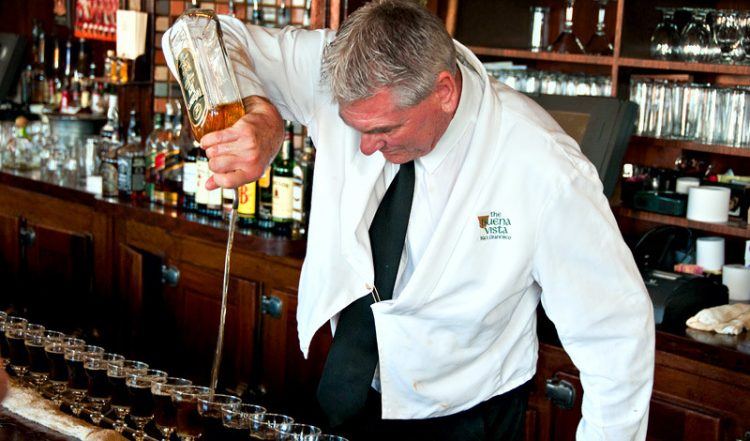
Irish coffee was invented by an Irish chef when he added whiskey to his coffee in order to warm up some American passengers who were disembarking from a Pan Am flying boat on a cold winter evening. However, it was popularized in the United States by a travel writer for the San Francisco Chronicle, who collaborated with the Buena Vista Cafe, a couple of bar owners, and even the mayor of the city in order to recreate the recipe before bringing it up again and again in his column. Since the San Francisco Chronicle was read throughout the United States at the time, Irish coffee became popular throughout the country, so much so that its recreators eventually became sick of the cocktail.
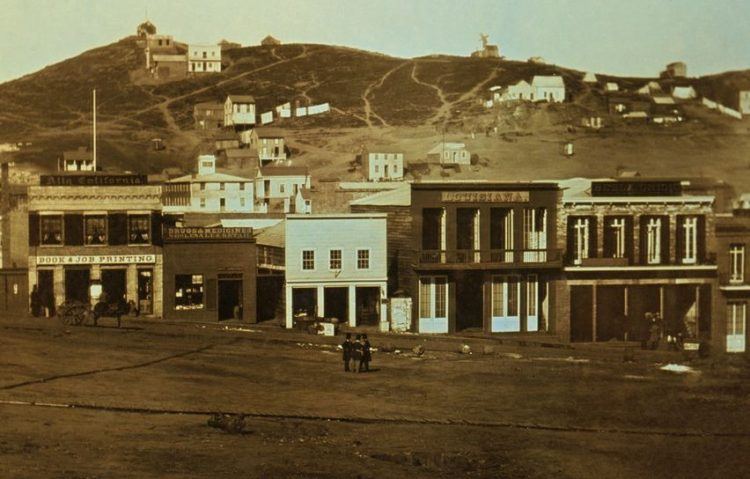
San Franciso became part of the United States along with the rest of the state of California in 1848 at the end of the Mexican-American War. Technically, the war started because Mexican troops had attacked American troops moving into disputed lands after Mexico had rejected an American offer to buy them. However, it is important to note that tensions had been growing for some time, with the independence of Texas and its subsequent annexation in the United States being particular sore points.

The Great Depression is still remembered for the sheer number of banks that failed over the course of a decade, which created the iconic image of distraught bankers jumping from their buildings to their deaths as well as widespread economic turmoil when enormous swathes of American society lost their savings in little more than an instant. However, it is interesting to note that not a single bank based in San Francisco failed during the Great Depression, which speaks volumes when contrasted with their counterparts not just throughout the United States but also throughout the rest of the world.
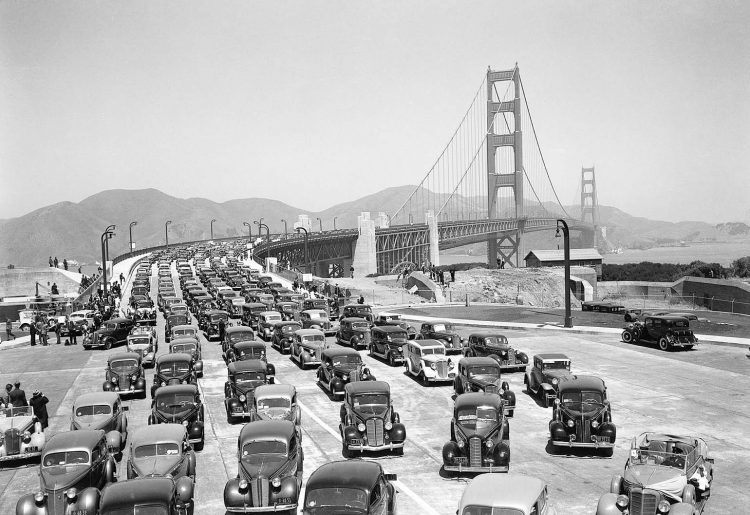
On a related note, business was so good in the city of San Francisco during the Great Depression that construction on the Golden Gate Bridge actually started in 1933 and finished in 1937, which was an even more monumental expense in the middle of a sustained economic disaster. Still, it is important to note that the people of San Francisco did not escape the effects of the Great Depression altogether, lest people pick up an excessively rosy picture of what it was like to live in the city throughout those terrible years.
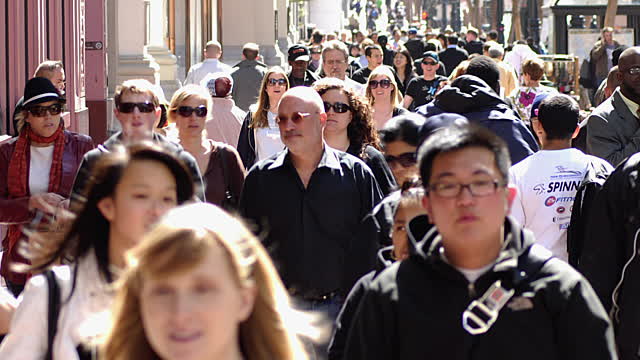
Given its popularity, it should come as no surprise to learn that San Francisco is one of the most densely-populated cities in the United States. In fact, its limited real estate became so valuable that the city actually banned burials within its boundaries in 1901, with the result that most of the cemeteries that serve San Francisco relocated to Colma, which has picked up a somewhat creepy reputation over the decades because of how its dead inhabitants outnumber its living inhabitants by more than 1,000 to 1.

Between 1900 and 1904, the city of San Francisco was the site for the first plague epidemic in the continental United States, which killed more than a hundred people in Chinatown because the Governor of California delayed taking action in order to avoid the economic consequences that would have come with a quarantine. As a result, some people speculate that this is how the bubonic plague managed to secure its first toehold in North America since it is capable of surviving in reservoir animals.
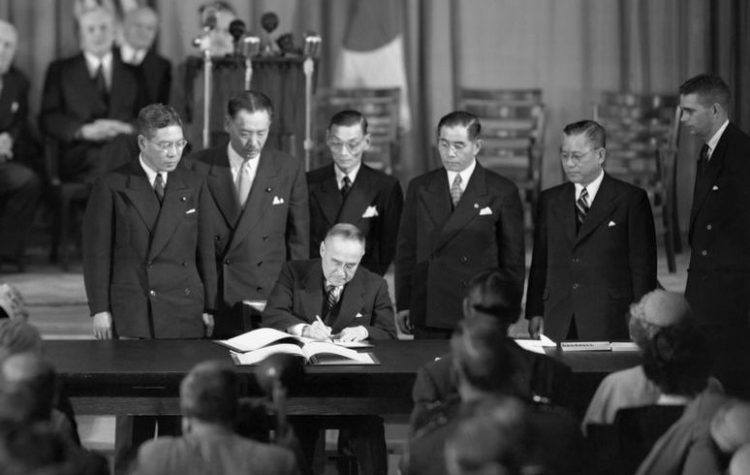
The city of San Franciso was the site for a number of important treaties during the middle of the 20th century. For example, it was the place where the United Nations Charter was ratified in 1945. Furthermore, it was the place where Japanese dignitaries signed the Treaty of San Francisco in 1951, which officially ended Japanese hostilities in World War Two.
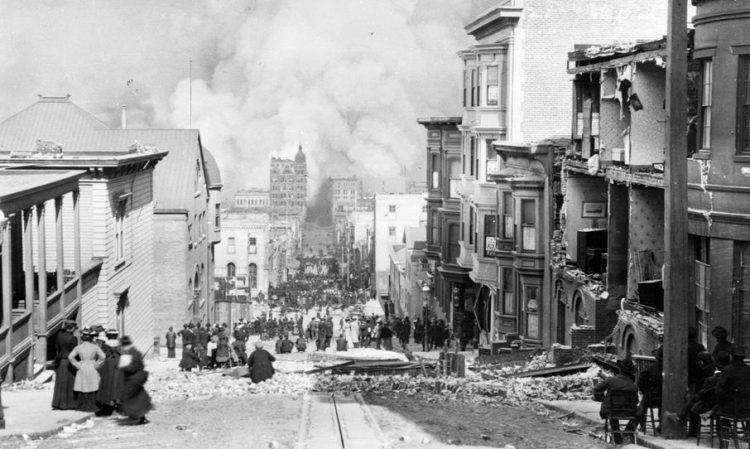
In 1906, the city of San Francisco was hit by an earthquake with an estimated magnitude of 7.8, which started a fire that burned for days and days before it could be brought under control. In total, the earthquake and the subsequent fires killed 3,000 people and destroyed more than 80 percent of the city. Curiously, some of the contemporary accounts claim that the redwoods used to build many of San Francisco’s buildings helped stop the fire because their low resin and porous grain slowed the rate at which it could spread.

In 1859, Joshua Abraham Norton proclaimed himself to be Norton I, Emperor of the United States as well as Protector of Mexico after a disastrous business decision involving Peruvian rice. While most of the residents of San Francisco considered him to be a madman, they liked him nonetheless, so much so that one columnist actually defended him by stating that he was harmless, which was much more than what could be said about other people who claimed the same title. As a result, almost 30,000 people turned out to pay their respects when he passed away in 1880, which was particularly remarkable because the entire city was home to no more than 230,000 people at the time.
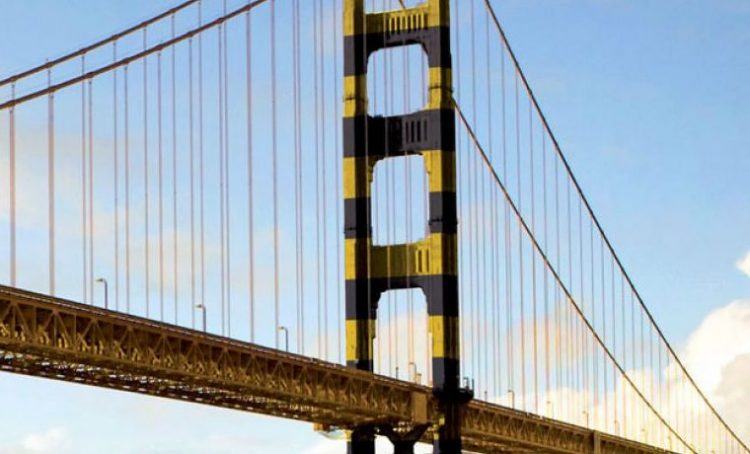
The U.S. Navy wanted the Golden Gate Bridge to be painted in black with yellow stripes, which sounds ridiculous but would have made the structure even more noticeable to passing ships. Instead, the structure was painted in what is called International Orange, but is actually a little bit lighter than the color sold under that name. This resulted in a look that stands out from the sea and sky while also blending in well with the vivid colors of sunrise and sunset.

Unfortunately, San Francisco was the first city in the United States to pass what was called an ugly law. Like its name suggests, the law made it illegal for “ugly” people to show their faces within the city. While this sounds ridiculous, it is important to note that it was a deliberate attempt to ban beggars, the impoverished, and other disadvantaged groups from public sight, which made it ugly in more than one sense of the word.

Given San Francisco’s rich history, it should come as no surprise to learn that it is home to a number of National Historical Monuments, which exist to recognize the United States’s culture as well as its history. However, the city stands out in that it possesses the sole National Historical Monument that is capable of moving under its own power, with this being its famous cable cars, which can still be found moving on their rails on some of the city’s most famous routes.
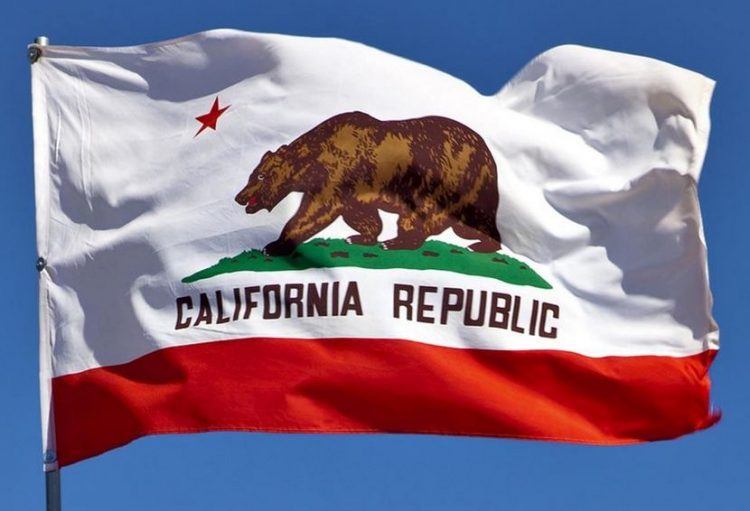
Curiously, California’s state flag features a California grizzly bear, which has been considered extinct since the early 20th century. One particularly famous California grizzly bear was captured for a publicity stunt for William Randolph Hearst before being put in Golden State Park for the viewing pleasure of the people of San Francisco, where he was named Monarch because of the phrase “Monarch of the Dailies” that ran as a tagline on one of Hearst’s newspapers. In total, Monarch lived 22 years in captivity while the rest of California’s grizzly bear population went extinct.
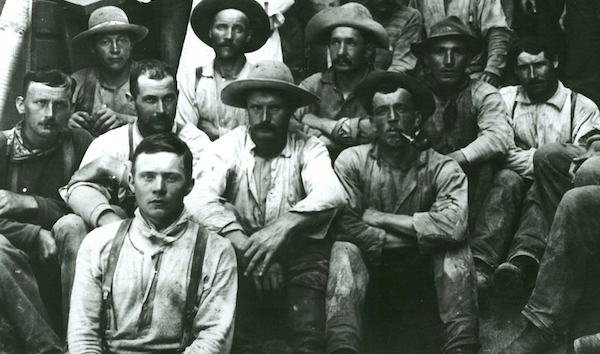
Jeans were invented in San Francisco by Jacob Davis and Levi Strauss, who wanted a product that could meet the needs of the Gold Rush miners who were flocking into the state of California at the time. Initially, they experimented with a number of different fabrics, but eventually settled on denim because it met all of their needs. After which, they added rivets at points of stress on the pants, thus ensuring that they would last as long as possible.

San Francisco is considered to have the single largest land-locked harbor that can be found in the entire world. For people who do not recognize the term, a land-locked harbor is a harbor that is deep enough to accommodate the bigger ships that can be found on the ocean but has a relatively small opening that serves as a point of entry. This is in stark contrast to most harbors, which lie open and exposed to weather phenomena as well as other serious concerns coming in from the sea.
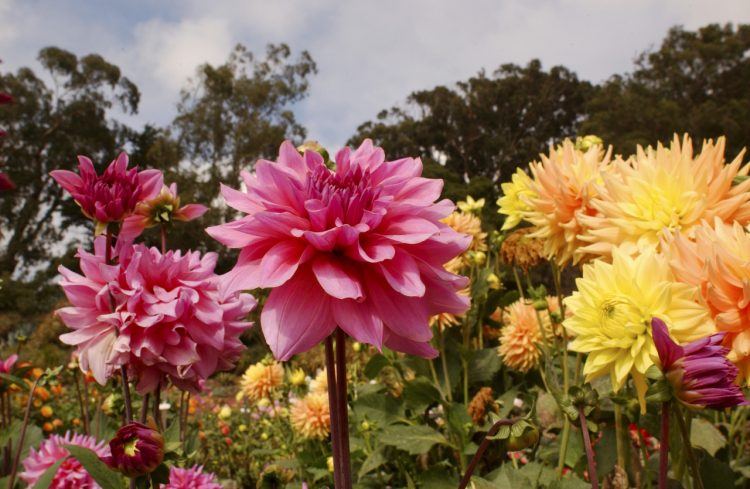
The official flower of the city of San Francisco is the dahlia, which received the honor in 1926. Supposedly, this is because the dahlia was like San Francisco started out as something that came from Mexico but was transformed into its current state by English influence. Furthermore, it is interesting to note that the remarkably colorful flower is capable of thriving under a wide range of conditions but does best in San Francisco’s combination of cool summers, moist air, and sandy soil, which has done much to endear it to the people living in the city.
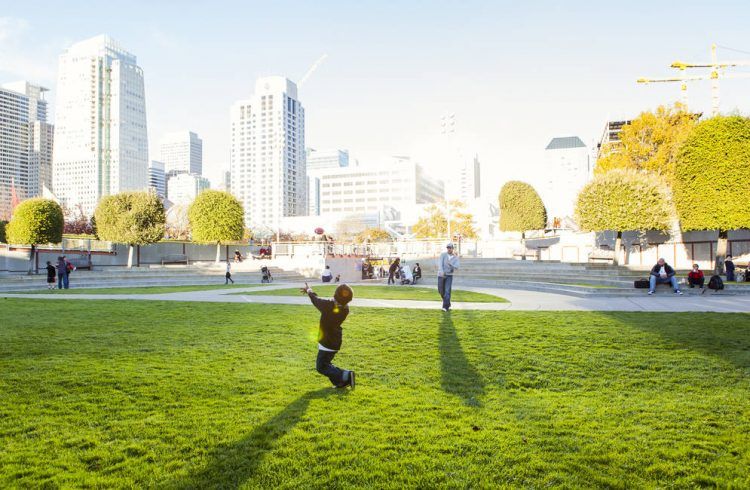
Originally, the settlement that became San Francisco was named Yerba Buena, which means “Good Herb.” This was a reference to Clinopodium douglasii, which is a local perennial that is famous for its pleasing smell. San Francisco did not receive its new name until the Mexican-American War, which is a reference to St. Francis of Assisi. For those who are unfamiliar with their saints, St. Francis of Assisi is remembered as not just the founder of the Franciscan Order but also the patron saint of Italy as well as a famous lover of nature.
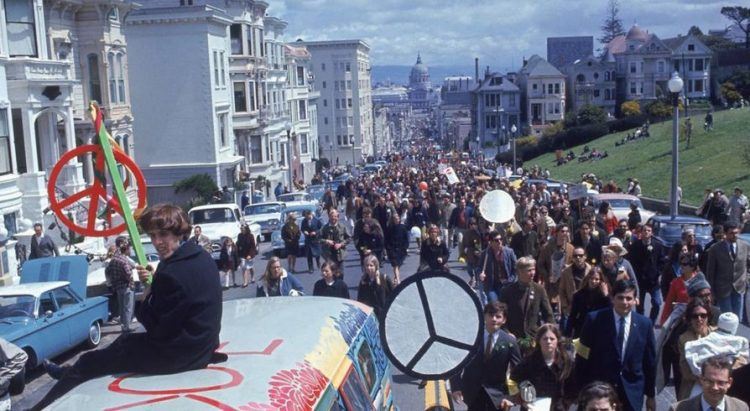
The city of San Francisco has long been a popular destination for writers as well as other artists, with famous examples ranging from Mark Twain to the beat poets of the 1950s. As a result, it was a natural home for the hippie counterculture that reached its climax with the Summer of Love in 1967, which saw hippies gathering in enormous numbers in the Haight-Ashbury neighborhood to reject what they considered to be the consumerist and materialist values of modern society.

This willingness to embrace the counterculture is one of the main reasons that San Francisco has been a home to activists advancing all sorts of causes over the decades, with examples ranging from environmental protection to labor rights. Since its Castro District has long held a reputation as been welcoming to gays and lesbians, it should come as no surprise to learn that the advancement of gay and lesbian rights has been a particularly prominent example of the activism that is so integral to San Francisco’s character. In fact, the city was the first place in the state of California to have an openly-gay man elected to public office, with said individual being Harvey Milk, who had a highly positive impact on the city before he was murdered by a man who got off easy for the horrendous act.


Comments
Loading…